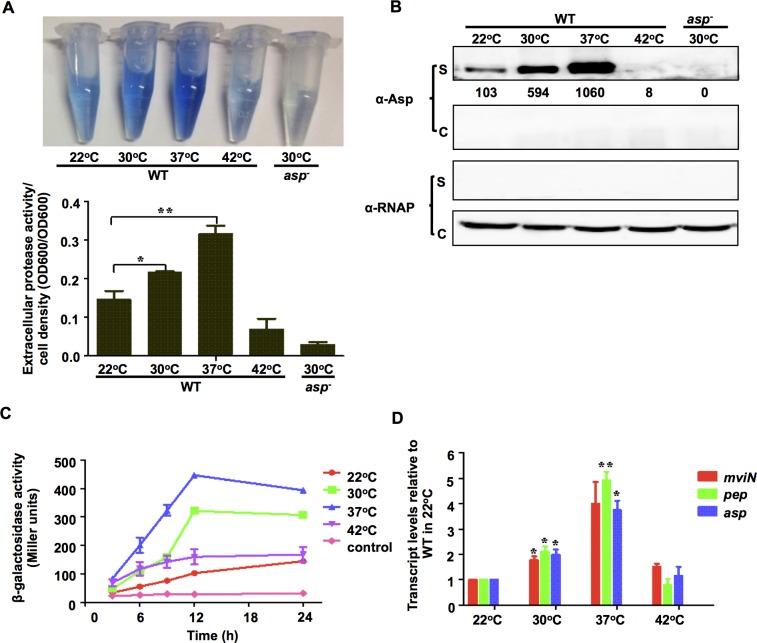Fig 1. The expression of Asp and other extracellular toxins is controlled in a temperature-dependent manner.
HPA digestion assays were performed to analyze extracellular Asp activity (A), and Western blot analysis was performed to determine Asp yields (B) in the wt strain at various temperatures. Bacterial cells were centrifuged after they were cultured in LBS medium for 9 h, and the supernatants were harvested to measure protease activity. Asp activity was normalized by dividing the total protease activity by the cell density for each strain. Western blot analysis was performed using concentrated supernatants (S) and cellular pellets (C) with Asp-specific antibodies. RNAP was used as the loading control for the blots. The numbers correspond to densitometry measurements. The results are presented as the mean ± S.D. (n = 3). *, P<0.05, and **, P<0.01, based on ANOVA comparisons. (C) Pasp -lacZ transcriptional analysis at different temperatures. The wt strain carrying the Pasp-lacZ reporter plasmid was cultured in LBS and assayed to determine β-galactosidase activity. The results are shown as the mean ± S.D. (n = 3). (D) qRT-PCR analysis of the transcription of Asp and other virulence proteins (MviN and Pep) that were cultivated at different temperatures. Total RNA was isolated from the wt strain after it was grown in LBS at different temperatures for 9 h. qRT-PCR was performed as described in the Materials and Methods section. The results are shown normalized to the results for the 16S rRNA gene and were determined using the ΔΔC T method. The differences are shown relative to the levels in the wt cultures grown at 22°C. * P <0.05, t-test.

